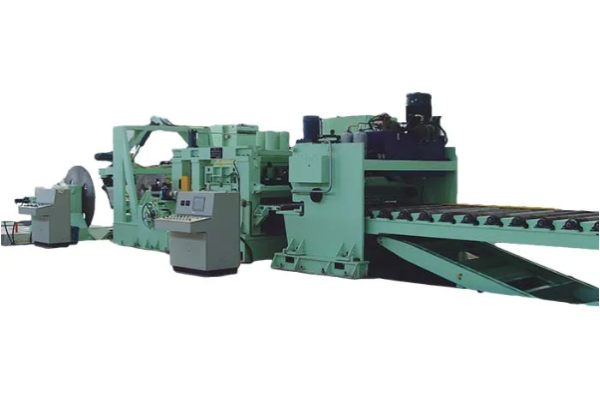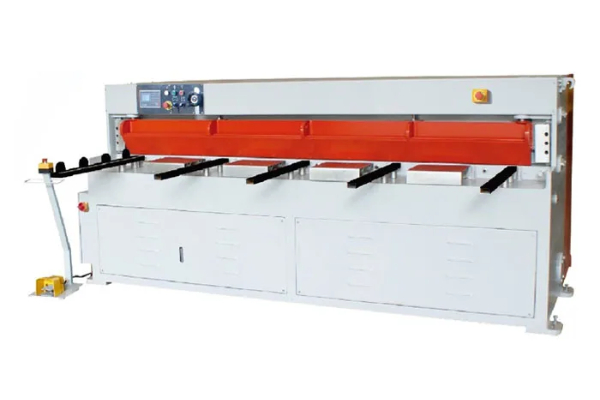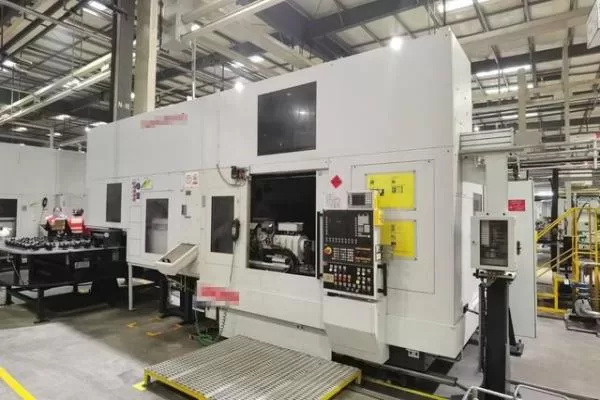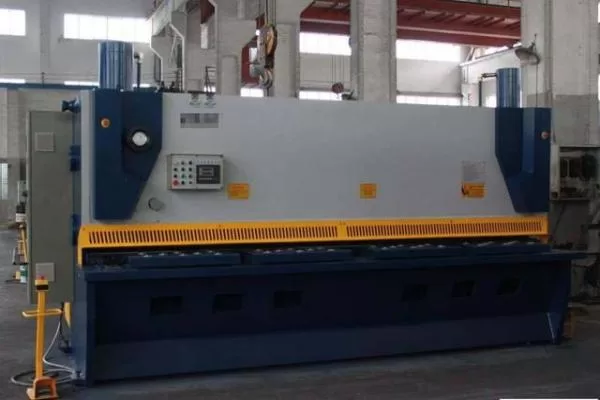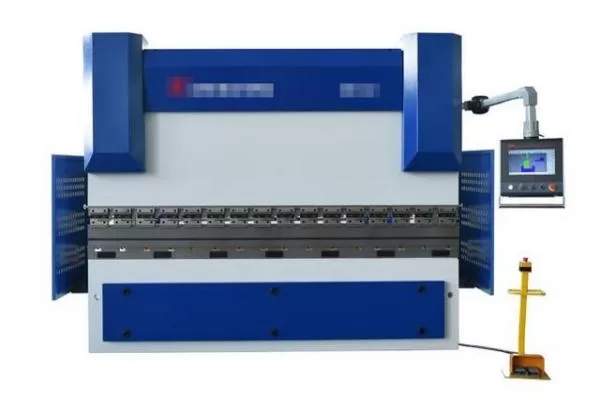
The Ultimate Guide to Choosing a Metal Curving Machine
- By:Metmac
- 2024-07-09
- 133
In today’s competitive manufacturing landscape, precision and efficiency are paramount. Metal curving machines have emerged as indispensable tools for a wide range of industries, including aerospace, automotive, and construction. The Ultimate Guide to Choosing a Metal Curving Machine provides a comprehensive resource for selecting the ideal machine to meet your specific requirements.
Understanding Metal Curving
Metal curving involves bending sheet metal into various shapes and angles. The process requires specialized machinery that applies controlled force to the material. Metal curving machines come in different types, each with its own capabilities and limitations.
Types of Metal Curving Machines
Three-Roll Curving Machines
Three-roll curving machines utilize three rolls to bend the metal sheet. The top roll moves independently, applying pressure to the material while the two bottom rolls support it. These machines are suitable for producing cylindrical and conical shapes.
Four-Roll Curving Machines
Four-roll curving machines feature an additional roll that supports the material from the inside. This allows for precise bending of thicker materials and more complex shapes, including boxes, channels, and ovals.
Press Brakes
Press brakes are not technically curving machines, but they can perform limited bending operations. They use a punch and die to form angles and bends in sheet metal. Press brakes excel at high-volume production of simple shapes.
Factors to Consider
When selecting a metal curving machine, several key factors must be considered:
Capacity and Dimensions
Determine the maximum thickness and width of metal you need to curve. Also, consider the size and weight of the machine and its compatibility with your workspace.
Bend Radius
The minimum bend radius you need to achieve determines the machine’s capabilities. Choose a machine with a bend radius suitable for your applications.
Material Type
Different metal types require different bending forces and techniques. Ensure the machine you select is compatible with the materials you plan to work with.
Automation and Control
Consider the level of automation desired. Some machines offer advanced features such as CNC control, automated bending cycles, and safety interlocks.
Auxiliary Equipment
Depending on your requirements, you may need additional equipment such as laser pointers, material handling devices, and welding tables to enhance the machine’s functionality.
Conclusion
The Ultimate Guide to Choosing a Metal Curving Machine empowers you with the knowledge and tools necessary to make an informed decision. By carefully considering the factors discussed above, you can select the ideal machine to meet your production requirements and elevate your manufacturing capabilities. Remember, the right metal curving machine can not only increase productivity but also improve product quality and reduce operating costs.
-
Advanced Sheet Metal Rolling, Cutting, and Folding Machines for Efficient Fabrication
2025/10/22 -
High-Precision Sheet Metal Bending and Cutting Solutions for Modern Manufacturing
2025/10/22 -
High-Precision Solutions from Leading Sheet Metal Cutting Machine Manufacturers
2025/09/11 -
Reliable Sheet Metal Equipment for Sale to Support Precision Fabrication
2025/07/17
-
High-Performance Sheet Metal Equipment for Sale: Forming and Shearing Solutions for Modern Fabrication
2025/10/22 -
Precision and Performance: Advanced Sheet Metal Processing Solutions
2025/10/17 -
Advanced Sheet Metal Press, Shearing, and Forming Machines
2025/10/17 -
High-Performance Sheet Metal Laser Cutting Machines for Sale — Precision and Efficiency Combined
2025/10/17
-
A Guide to the Latest Innovations in Sheet Metal Folding Machines
2024/11/29 -
Key Features to Consider When Investing in a Sheet Metal Folding Machine
2024/11/28 -
Enhancing Precision with Advanced Sheet Metal Folding Machines
2024/11/27 -
How to Choose the Right Sheet Metal Folding Machine for Your Workshop
2024/11/26
